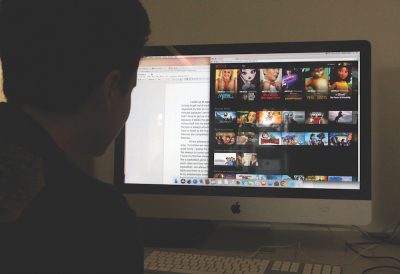
Throughout middle school, students develop useful study habits and skills that they will utilize during the rest of their academic career. These skills are valued, but quite frequently students get stuck in a negative study cycle of pushing their work back to a later date. This is called procrastination.
Depending on the student, procrastination can add a significant amount of extra work time to a student’s usual homework without distractions. Social media apps such as Instagram and Snapchat as well as websites such as Facebook and YouTube are probably amongst the most popular means of distraction. “I’ll listen to music on YouTube and then some video will come up and I’ll start watching that and so on,” said eighth-grader Sophia Lebbar who identifies as a procrastinator. This situation of being sucked into a wormhole of new and exciting distractions is a problem that many students face.
When working for a medium-longer period of time (30 minutes or more) many people just find it hard to focus for that long. According to the MIT Center for Academic Excellence, teens should study in hour-long blocks. It is suggested that one should partake in 50 minutes of studying and work, followed by 10 minutes of break time. This is to ensure that the student can focus with no distractions and then have the time to rest their brain and indulge in the distractions that would have kept them from their work.
MIT also says that it is important to schedule times for your use of social media and other forms of procrastination around trying to complete a difficult task and or study for a final. In order to limit distractions and cut down on procrastination time, depending on what your distraction is there are certain solutions.
When her homework doesn’t require wifi, Lebbar turns it off. This is a means by which she tackles her procrastination problem. She also puts her phone across the room and turns on do-not-disturb to limit distractions. These are methods that students can use if they study independently rather than having an authoritative figure checking in to see if they have completed their homework.
Eighth grader Jessica Woodhams believes that she procrastinates more when studying for a test rather than any other time. When completing homework, students have a set list of tasks to complete in order to say they have fished, whereas with studying, there is really no set rule as to when you are done. This is why many students find it harder to actually get work done when they have an upcoming test as they do not necessarily know how to go about doing so. Sitting in confusion results in students turning to social media and other means of distraction, so they can put off the struggle of studying just a little bit longer.
Overall, procrastination is an issue that many people experience however, it can be tackled through various methods.
